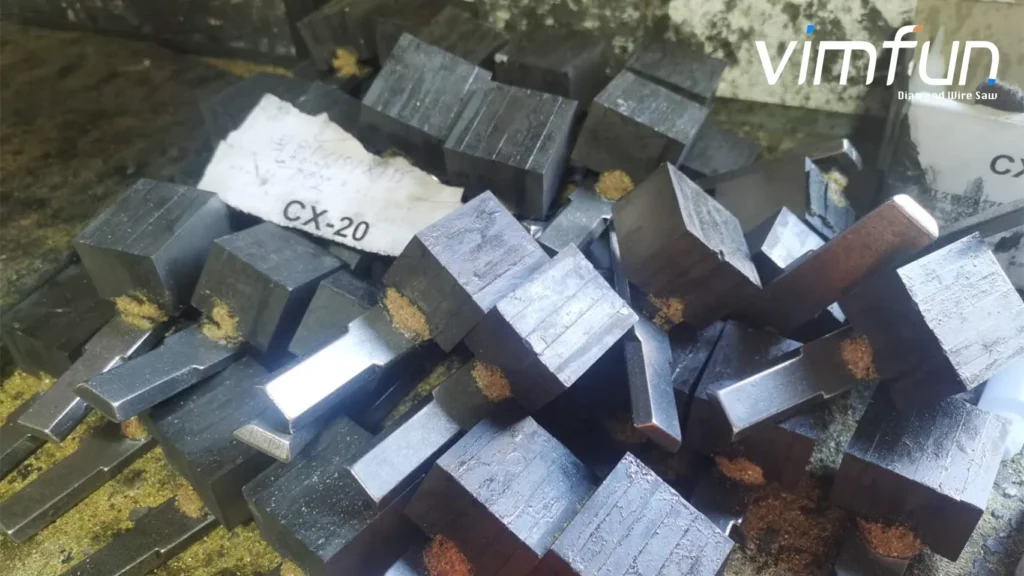Some magnets are tougher than others—literally. In the defense sector, high-coercivity magnets like Dy-enhanced NdFeB and SmCo are often used for missile systems, radar, and aerospace actuators. But cutting these dense, brittle blocks with traditional methods often results in edge damage, cracking, or wasted material.
This is the story of how one defense supplier—after years of frustration—finally found a reliable way to handle cutting high-coercivity magnets in-house.
The Starting Point: Broken Edges, Burnt Stock

The company had always outsourced their magnet shaping to a third party. But as international regulations tightened and timelines shrank, they decided to bring cutting in-house.
They tried:
- Wet abrasive saws (too much chipping)
- Manual diamond wheels (slow and inconsistent)
- Internal blade saws (dust, heat, fire hazard)
Even with experienced operators, the results were unpredictable—and the loss rate was unacceptable for such expensive materials.
The Challenge of Cut High-Coercivity Magnets
Why is cutting high-coercivity magnets so difficult?
- They’re brittle and prone to edge fracture under mechanical load
- They’re hard, which shortens blade life quickly
- They require tight tolerances, especially for precision assemblies
- Any localized heating can impact magnetic structure—even before final magnetization
And because most of these materials are cut while unmagnetized, the equipment has to be accurate—without relying on magnetic clamping or contact-based fixturing.
Discovering the SG20 Solution
After reviewing several options, their team reached out to Vimfun for a test cut. We ran one of their 30×30×20 mm SmCo blocks on the SG20, using a 0.3 mm endless diamond wire.
The results:
- Surface finish: around 3 μm Ra
- Dimensional accuracy: ±0.03 mm
- No edge chips, no secondary cracking
The engineers were stunned. “This is cleaner than what we got from outside suppliers,” one said.
Putting It Into Production
Within six weeks, they installed two SG20s. They now use the machines for:
- Cutting precision blanks for torquer assemblies
- Slicing SmCo tiles for radar components
- Prototyping magnet arrays for gimbal systems
The feedback?
- 95% yield across all cut geometries
- No internal cleanup needed—just rinse and reload
- Lower tooling cost compared to blades or EDM
Why SG20 Works So Well for This Use Case
- Thin wire (0.3 mm) = minimal kerf, less waste
- Gentle slicing = no mechanical shock or thermal impact
- Simple interface = operators trained in under 1 hour
For cutting high-coercivity magnets, it’s hard to beat.
Defense programs can’t afford delays, rework, or inconsistency—especially with critical components like magnets. For this supplier, adopting SG20 diamond wire cutting wasn’t just a productivity boost—it was a breakthrough.
If you’re struggling to cut SmCo, Dy-NdFeB, or other high-coercivity magnet types, let’s talk. You might be one cut away from solving your biggest material bottleneck.